Protein Disulfide Bond Formation in the Periplasm: Determination of the In Vivo Redox State of Cysteine Residues
互联网
互联网
相关产品推荐
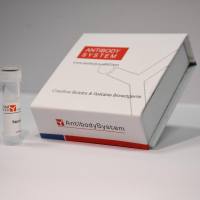
InVivoMAb 抗小鼠 CD274/PD-L1/B7-H1 Antibody (10F.9G2),InVivo体内功能抗体(In Vivo)
¥2700
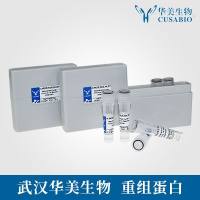
Recombinant-Haemophilus-ducreyi-Disulfide-bond-formation-protein-BdsbBDisulfide bond formation protein B Alternative name(s): Disulfide oxidoreductase
¥10374
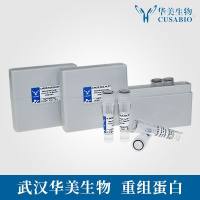
APEX1/APEX1蛋白Recombinant Human DNA- (apurinic or apyrimidinic site) lyase (APEX1)重组蛋白APEX nuclease ;APENApurinic-apyrimidinic endonuclease 1 ;AP endonuclease 1 ;APE-1REF-1Redox factor-1蛋白
¥1344
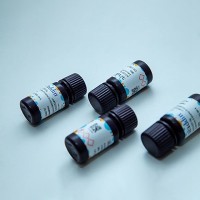
hydroxyethylamine transition-state inhibitor 1,Moligand™,阿拉丁
¥3999.90
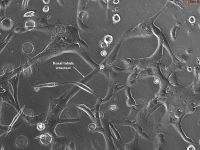
3D Renal Tubule Formation Kit
$921
相关问答

